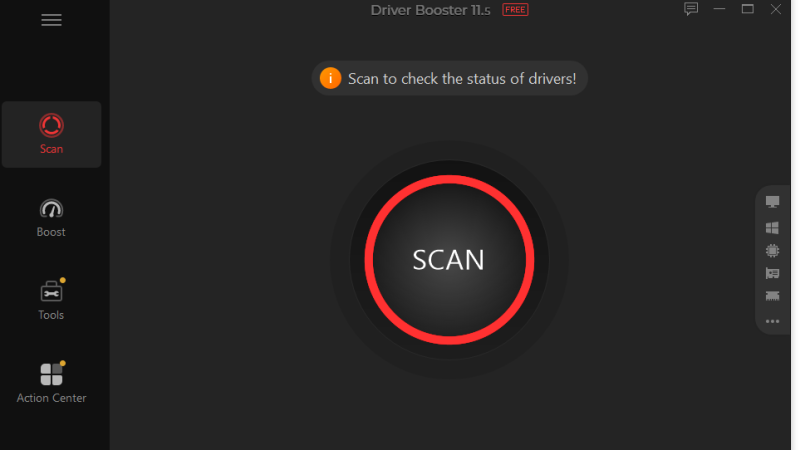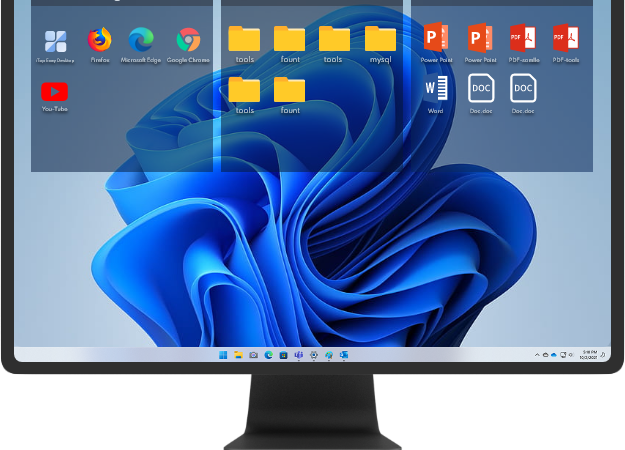Simple Techniques to Export emails from Office 365 to Desktop
Summary: Let’s assume your Office 365 subscription plan is expired and, due to some budget issues, you don’t want to continue with it. In this situation, exporting emails from Office 365 is a reasonable way to backup Office 365 mailbox. Therefore, this blog post recommends a number of methods to export emails from Office 365 to desktops.
Office 365 is a cloud-based email client application. It is a subscription that brings the most collaborative, cutting-edge features into one seamless, unified experience. That’s why this is the most used email client by lots of organizations/companies. But there are also several reasons to save emails from Office 365 to the desktop, like the subscription ends and does not want to renew it, avoid losing data, etc. To deal with these situations, backing up the office 365 mailbox data is the most reliable way.
Techniques to Export emails from Office 365 to Desktop
Let’s understand different approaches to saving emails from Office 365 to the desktop.
Technique 1. Export Office 365 Emails to PST File Format
You must configure the MS Outlook application on the computer. Now perform the following steps to export the Office 365 mailbox as a PST file.
- First, configure the Office 365 account in the Outlook desktop email client.
- Go to the File>> Import & Export menu.
- This will now open the import and export wizard and select Export to file.
- Then select “Outlook Data File” to move the mailbox contents to the PST file.
- Also, be sure to check the box below to close the subfolders.
- Finally, click Finish to initiate the backup process.
Technique 2. Transfer Office 365 Emails in HTML Format
- First, switch to the email view and open the mailbox that contains the required email file.
- Go to the File>> Save As menu.
- Now, a file explorer window will appear. Then navigate to the destination where you will save the email file.
- Then give the File a name and select HTML from the Save as type drop-down list.
- At last, click the Save option.
- Proceed with the above steps again for the remaining emails.
Technique 3. Export Office 365 folder to PDF Format
Microsoft does not provide the PDF is not available as a default storage type. There is no direct method of moving emails from Outlook to PDF format. To convert Office 365 email to PDF file format an indirect method is mentioned.
- First, save the email file in HTML format.
- Open MS Word and click on the to File>>Open.
- Pick the HTML file saved in the earlier step.
- Go to File and then Save As option and select PDF as the saving file type from the drop-down list.
- Finally, to finish the process, press the Save button.
Technique 4. Export emails From Office 365 Using Professional Software
There aren’t any indirect ways to export emails from Office 365 to desktop. But the only immediate solution is to save Office 365 mailbox emails in professional software. Therefore here, we presented an alternative such as the Cigati Office 365 Email Backup Tool. You can use this tool to export entire office 365 mailboxes for multiple accounts. It is a smart way to save time and potential. It backup Office 365 emails in different formats like PST, MBOX, EMLX, DOC, JPG, PNG, etc., additionally other email clients. So hurry up and enjoy the tool with its demo version which will convert 50 emails for free in any selected format.
Wind-up
After Outlook moved its services to the cloud, users have encountered many new difficulties. Many have problems transporting email files to their desktop. Users can proceed with manual methods to store email in the system, but they all are time-consuming. Another solution has been provided in this blog to avoid this, which will be a suitable option for you to get a straight and genuine result.






